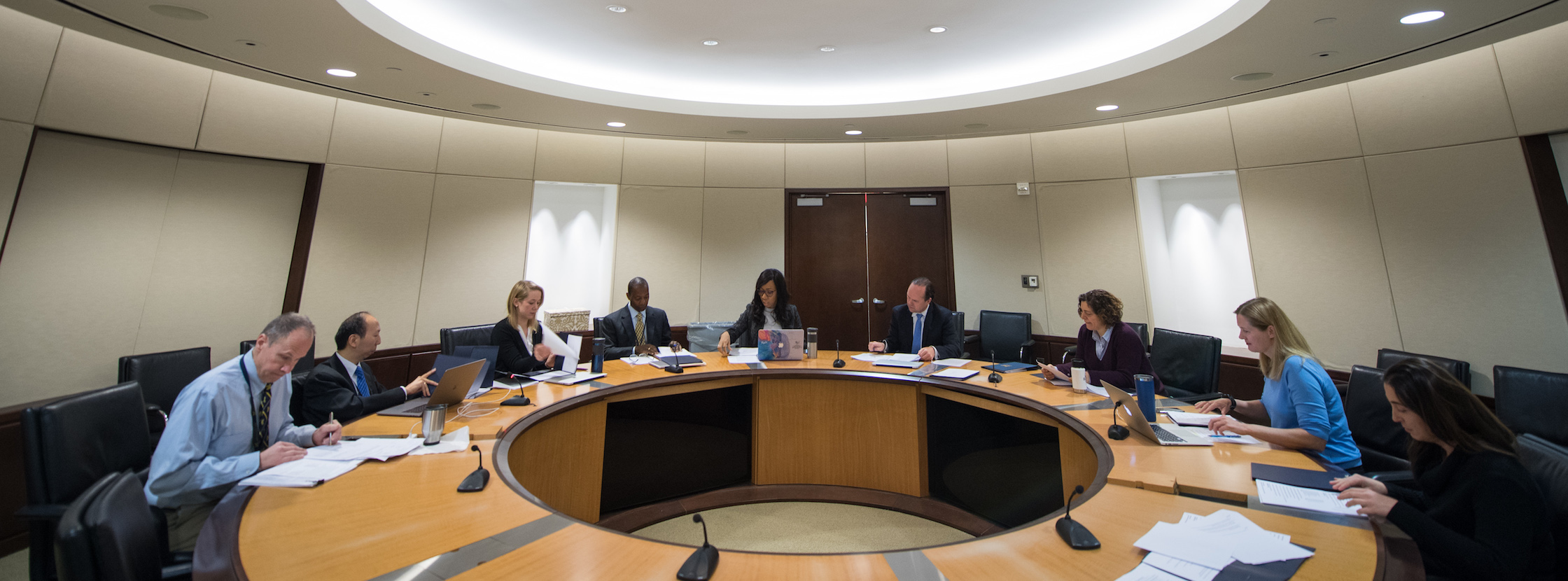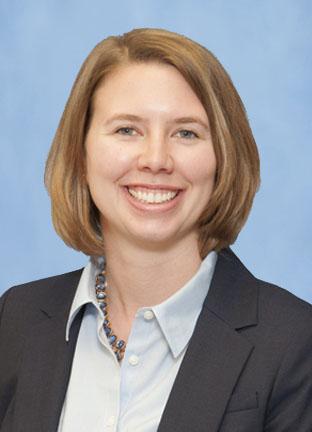

The Problem
While we know that diverse teams achieve higher performance and diverse companies realize greater financial success, diversity in academic medicine is lagging1,2. Medical student cohort diversity has changed minimally in recent years: women comprised 47% of medical school matriculants from 2009-2011 as compared to 46% in 1999-20013. The proportion of Black, Latino, and Native American matriculants increased slightly from 14% to 16% over the same 10-year time period. At the faculty level, women represent only 21% of full professors and 15% of department chairs in academic medicine4. The numbers are even worse in academic surgery: women represent just 13% of full professors and account for only 21 current chairs of surgery5. Black surgeons represent 3.8% of assistant professors, 2.5% of associate professors and 2.0% of full professors, while Latinx surgeons represent 5.0% of assistant professors, 5.0% of associate professors and 4.0% of full professors6.
While the pipeline may contribute to the lack of diversity in leadership, increasingly we recognize that systematic changes in recruitment are necessary for equitable advancement opportunities. Academic medical centers have committed to recruiting and retaining a diverse workforce, in terms of gender, race, ethnicity, cognitive diversity, and background. In our department, we have sought to improve diverse recruiting through multiple efforts.
Our Approach
First, to increase the diversity of our candidate pool, we expanded our outreach efforts. We modified the “Rooney Rule”, in which Dan Rooney of the Pittsburgh Steelers required National Football League teams to interview at least one minority candidate for head coach positions. Our modified rule requires at least 2 underrepresented in medicine (URM) candidates in the qualified candidate pool, and inviting at least one URM to an on-campus interview.
Next, we created a recruitment committee, which includes faculty and residents representing different subspecialties, ranks, research interests, and backgrounds. This pool of faculty and residents receives training on implicit bias. The committee convenes on interview days and reviews candidates’ curricula vitae and interviews the candidates as a group.
Finally, we standardized the interview process. All candidates undergo a group interview with a standardized list of questions in multiple domains: goals, education, research, and commitment to diversity. Candidates are then scored objectively using a scoring tool. A representative from the committee then writes a summary narrative evaluation.
We assessed our success through the demographics of our interviewees and recent hires. Women comprised 55% of recruits and 50% of hires and URM comprised 15% of recruits and 33% of hires.7
What We Learned
Intentional efforts to change recruitment require a significant amount of faculty and resident time. Interview days are often full-day events and achieving a quorum from the committee requires scheduling far in advance. Given this time and effort burden, we plan for faculty committee members to serve 2-3 year terms, both to avoid overburden and to allow other faculty members the opportunity to serve. Faculty committee members also receive salary support for their participation in order to communicate the value in the time and effort required to participate. This helps ensure this work is valued in promotion packages, and not an additional “minority tax” for administratively over-burdened faculty.
References:
- Lorenzo, et al. The Mix That Matters: Innovation Through Diversity. Boston Consulting Group. 26 April 2017.
- Blumenthal DM, Bergmark RW, Raol N, et al. Sex differences in faculty rank among academic surgeons in the United States in 2014. Ann Surg 2018; 268:193–200.
- Shipman SA, Jones KC, Erikson CE, Sandberg SF. Exploring the workforce implications of a decade of medical school expansion: Variations in medical school growth and changes in student characteristics and career plans. Acad Med. 2013;88:1904–1912.
- Lautenberger DM, Dandar VM, Raezer CL, Sloane RA. The State of Women in Academic Medicine: The Pipeline and Pathways to Leadership 2013–2014. Washington, DC: Association of American Medical Colleges; 2014.
- Abelson JS, Symer MM, Yeo HL, Butler PD, Dolan PT, Moo TA, Watkins AC. Surgical time out: Our counts are still short on racial diversity in academic surgery. Am J Surg. 2018 Apr;215(4):542-548. doi: 10.1016/j.amjsurg.2017.06.028. Epub 2017 Jul 1.
- Female Surgery Chairs. Association of Women Surgeons.
- Dossett, Lesly A. MD, MPH; Mulholland, Michael W. MD, PhD; Newman, Erika A. MD; on behalf of the Michigan Promise Working Group for Faculty Life Research. Building High-Performing Teams in Academic Surgery: The Opportunities and Challenges of Inclusive Recruitment Strategies. Academic Medicine: August 2019 - Volume 94 - Issue 8 - p 1142-1145. doi: 10.1097/ACM.0000000000002647
Article by Ana De Roo, MD, MSc (Twitter: @ADeRooMD)

Ana De Roo, MD, MSc
Contact Us
Reach out to join the conversation or to learn more about how to implement the Michigan Promise. Connect with the Department of Surgery or our faculty on Twitter to share your ideas or get in touch with the Office of Faculty & Resident Life to schedule a Michigan Promise presentation at your institution. You can also fill out our Michigan Promise Inquiry Form with any questions or comments.
Department of Surgery
2210F Taubman Center
1500 E. Medical Center Dr.
Ann Arbor, MI 48109
Phone: 734-232-5528
Email: [email protected]
Twitter: @UMichSurgery
Hashtag: #MichiganPromise
